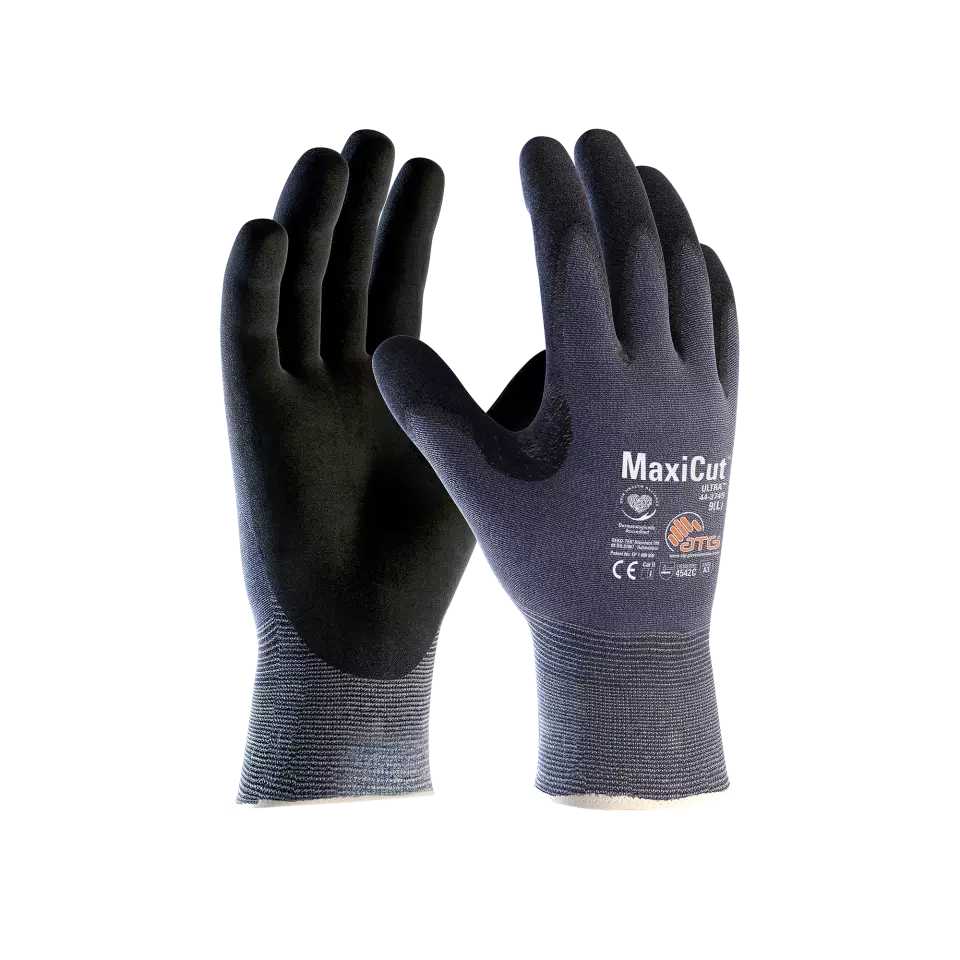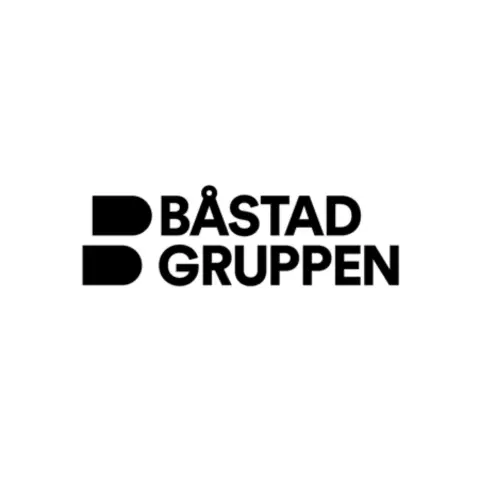ATG MaxiCut Ultra 5C Gloves
5.0 / 5
Product description
MaxiCut® Ultra™ 44-3745 is thin, ventilated, durable and cut-resistant skin-friendly glove and perfect fit made of Spandex / Nylon / HPPE and dipped in Nitrile foam, for work in dry environments. EN388: 2016 + A1: 2018: 4542C, OekoTex 100, Skin Health Alliance. Color: Blue
- Cut Resistant
- Food Service
- Hand Protection
Standards and labels
Båstadgruppen delivery terms
Free delivery when you order more than 150,00 € from Båstadgruppen
Supplier shipping fee 4,74 €
Brand minimum 0,00 €
Prices excl. VAT
10,29 €
Estimated delivery: Sep 8-10th
Minimum: 12 pairsChoose quantity
6
7
8
9
10
11
12
Add 12 to reach minimum
Shipping fee is 4,74 € for orders under 150,00 €
Sold in units of one pair
View packaging details
Need larger quantities?
Other products you may like
Recently viewed
Other products you may like
Similar products you may like
Autonomous sourcing platform
The most efficient way to source and order supplies for your operations
Sourcing
Find all possible options within Europe in one place
Tap into the purchasing power of 1000s of customers
Set Price Alerts for your products and volumes
Ordering
Single process to order for your suppliers
Centralize orders to reduce admin work
Easily coordinate orders with your team



